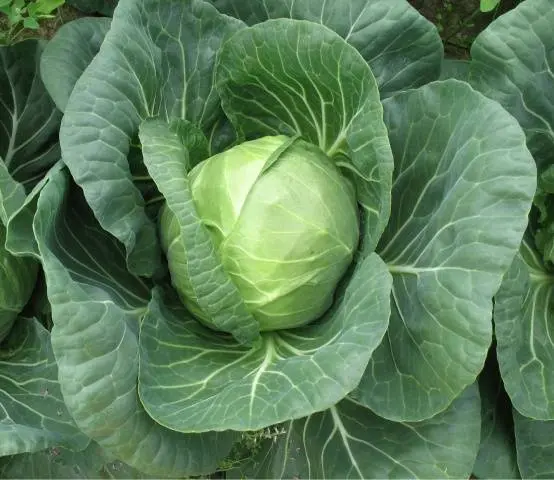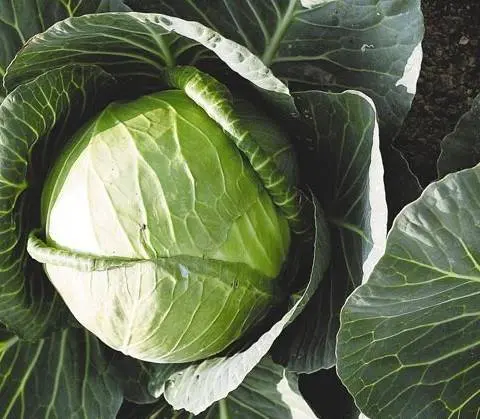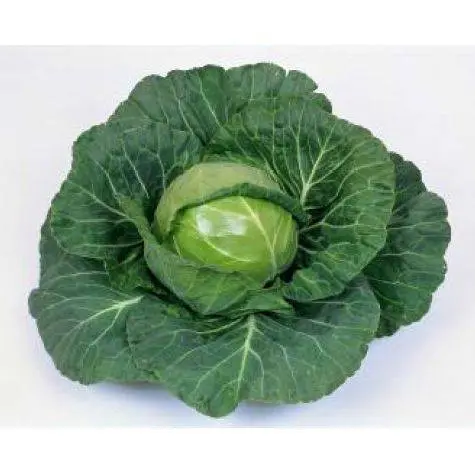Contents
In spring and at the very beginning of summer, despite the general awakening and flowering of nature, a rather difficult period begins for a person. Indeed, apart from the earliest greens and radishes, practically nothing is ripening in the gardens, and all winter preparations have either come to an end, or are already a little boring, and you want something fresh and vitamin. The real salvation in this case will be the cultivation of the earliest ripe varieties of cabbage on your plot, which can ripen just in time for the end of May and the beginning of June and provide the whole family with early vitamins. And if such cabbage is still fruitful, unpretentious and tasty, then it simply will not have a price.
Nozomi cabbage is an amazing representative of the cabbage kingdom, which meets all of the above requirements. Of course, it is a hybrid, but gardeners rarely get their seeds from cabbage, because for this it is necessary to leave several plants for the second year. Therefore, the cultivation of this cabbage will surely appeal to both experienced craftsmen and novice gardeners.

History of origin
Cabbage Nozomi f1 was obtained at a breeding station in France, and it was these seeds that were allowed for official registration in the State Register of the Federation in 2007. Although if a person who purchases seeds in their original packaging reads the information printed there, he will be surprised to see that Nozomi cabbage seeds are produced by the Japanese company Sakata. There is no contradiction in this.
Thus, many of the seeds that we receive from this company can be produced in France and other European countries.
Nozomi cabbage seeds were recommended for use in the North Caucasus region. Despite this, the Nozomi cabbage hybrid is grown in many regions of our country, including under spring film shelters.

Description and features of the hybrid
Nozomi cabbage is one of the earliest in terms of ripening. After only 50-60 days after planting the seedlings in a permanent place, you can already harvest a full-fledged crop. Of course, cabbage seedlings themselves are grown for about a month from sowing. But all the same, you can traditionally sow cabbage seeds for seedlings in March and enjoy a fresh vitamin vegetable at the end of May.
But early ripening is not the main characteristic of this hybrid. Another thing is more important – its yield and characteristics of the formed heads. The yield of Nozomi cabbage is quite at the level of mid-ripening varieties of cabbage and is about 315 c/ha. For an ordinary summer resident, it is more important that this hybrid is able to form dense heads of cabbage weighing up to 2,5 kg each. The Nozomi hybrid is also distinguished by a rather high yield of marketable products – it is 90%. Heads of cabbage can remain on the vine for quite a long time without losing their attractive presentation.

In addition, Nozomi cabbage is resistant to Alternaria and bacterial rot.
Features
Plants of the Nozomi hybrid are strong, have good growth vigor and relative unpretentiousness to growing conditions. The leaves themselves are small, gray-green in color, bubbly, slightly wavy along the edge, have a wax coating of medium intensity.
The hybrid forms attractive glossy heads of cabbage having the following characteristics:
- The shape of the heads is rounded.
- The density of cabbage is high – it is 4,5 points on a five-point scale.
- On the cut, the heads of cabbage may have a yellowish-white tint.
- The inner stalk is of medium length, the outer one is very short.
- The mass of a head of cabbage averages 1,3-2,0 kg.
- Heads are resistant to cracking, even with excessive moisture.

- The taste of Nozomi cabbage is rated as good and excellent.
- Heads of cabbage are not stored for a very long time and are intended primarily for fresh consumption.
Testimonials from truck drivers
Gardeners who grew Nozomi cabbage talk about it with enthusiasm, so much so that its characteristics differ for the better from many other varieties of early cabbage.

Conclusion
Cabbage Nozomi collects positive feedback from both amateurs and professional gardeners. No one can pass by its full-fledged heads of juicy taste, and unpretentiousness in cultivation can give hope to grow it even for those for whom cabbage is still a secret with seven seals.










